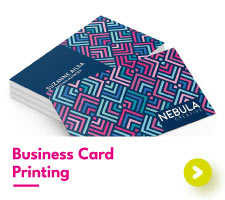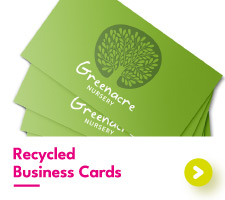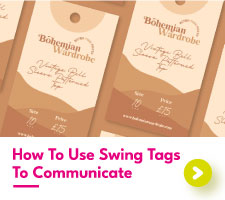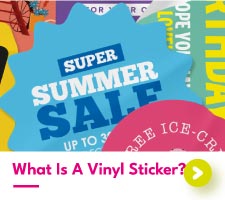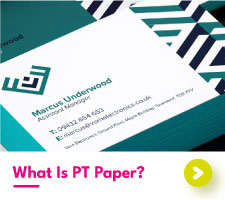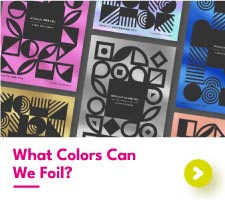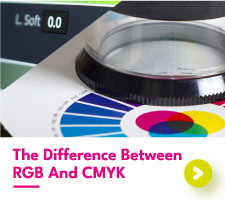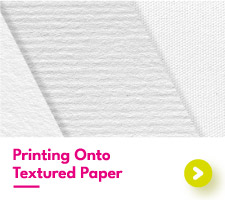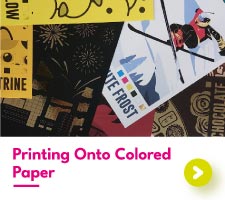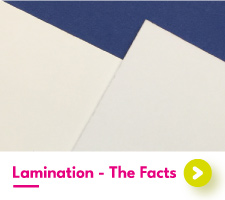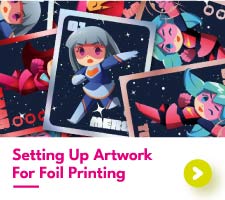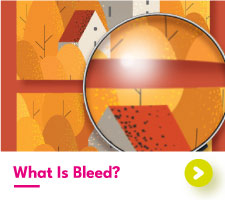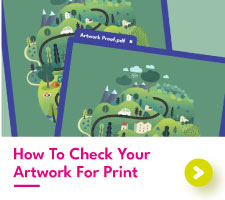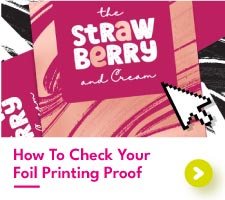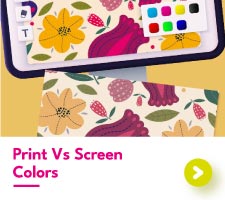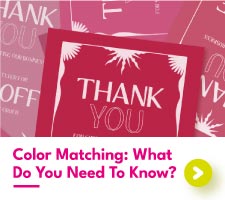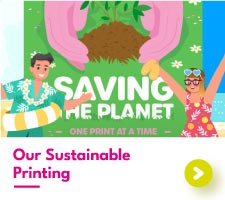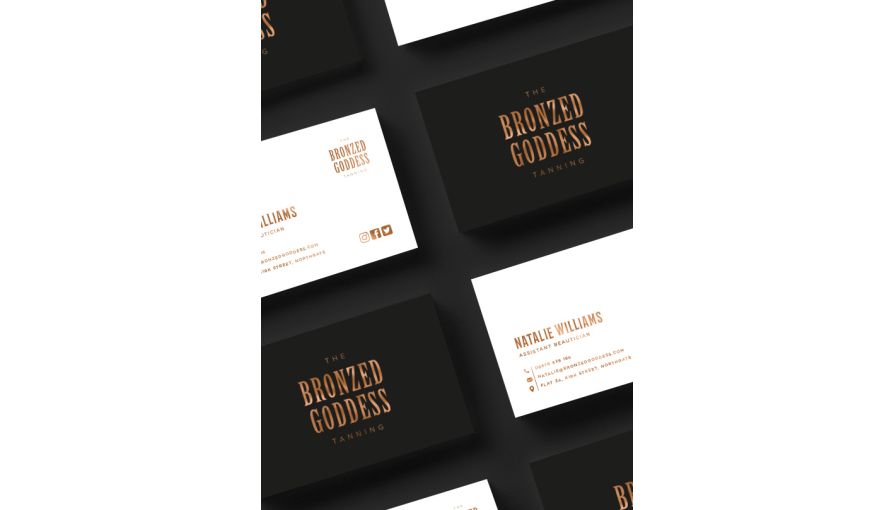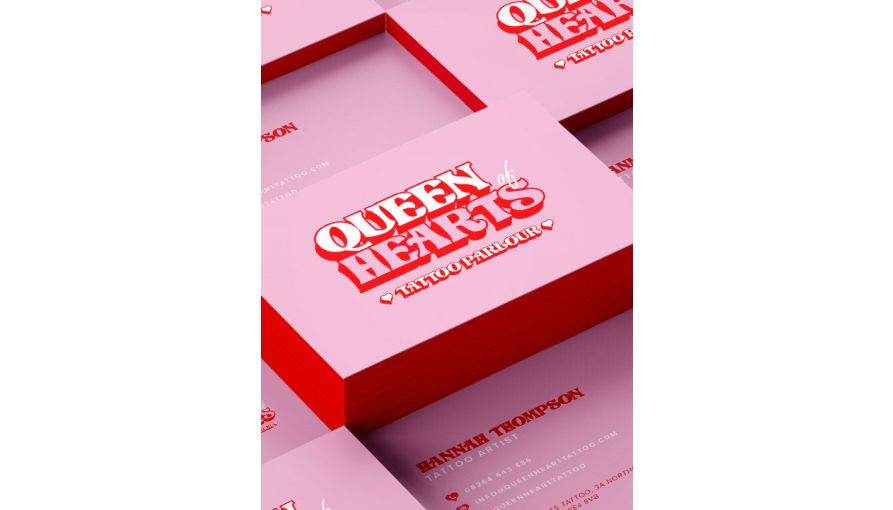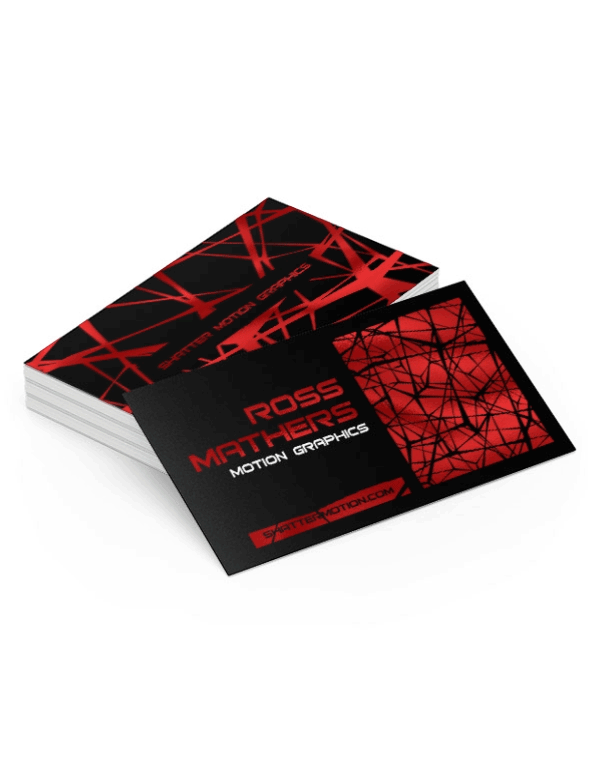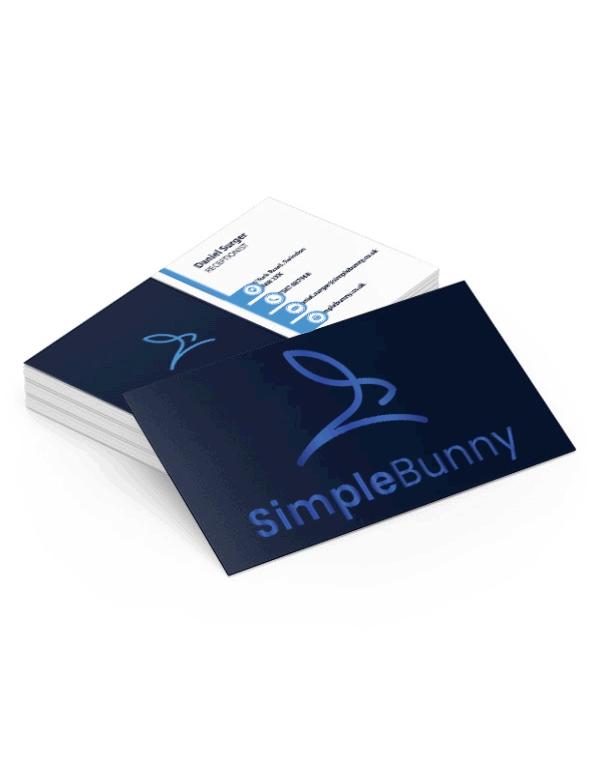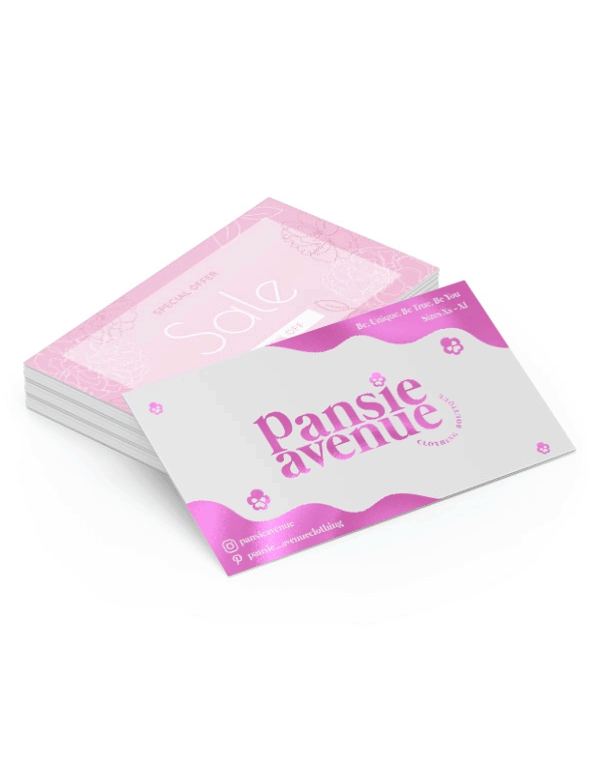When it comes to making a lasting impression in the business world, your choice of business card can play a crucial role. Two popular options that businesses often consider are foil-printed business cards and traditional business cards. In this comprehensive comparison, we will explore the key differences between these two types of cards and help you determine which one is the right choice for your brand.
Understanding Foil-Printed Business Cards

Foil-printed business cards represent a distinct choice for those looking to infuse a sense of elegance and exclusivity into their professional exchanges. This type employs a special technique where metallic or pigmented foil is applied to select areas of the card, be it for the logo, company name, or other design elements. Available in a myriad of colors and finishes, such as the classic gold and silver or more avant-garde options like holographic foil and matte, foil-printed cards offer a versatile palette to match any brand's aesthetic.
The process of foil printing not only enhances the visual aspect of the card but also contributes to its tactile feel, adding a layer of sensory experience that standard printing methods cannot achieve. Whether opting for a subtle shimmer or a bold metallic contrast, the bespoke nature of these cards allows for a high degree of personalization. Each card can be meticulously crafted to serve as a tangible embodiment of a brand's identity, resonating with sophistication and attention to detail. Beyond their aesthetic appeal, foil-printed cards can embody the ethos of a brand, positioning it as a leader in its respective field by making a memorable statement through quality and design. This premium option is particularly suitable for individuals and organizations aiming to project a luxury image or differentiate themselves in a crowded marketplace.
Exploring Traditional Business Cards
Traditional business cards, whilst lacking the metallic allure of their foil-printed counterparts, hold their own with a vast spectrum of design possibilities. These cards are the staple of professional exchanges, crafted from standard ink on high-quality cardstock. Their enduring appeal lies in the sheer versatility and the broad palette of colors and finishes at one's disposal. From the sleek and glossy to the understated matte, and everything in between, traditional business cards can be tailored to suit the aesthetic and functional demands of any brand.
The essence of these cards is in their simplicity and directness, allowing the focus to remain on the clarity of the information presented. This straightforward approach does not equate to a compromise in creativity. On the contrary, it provides a blank canvas that can be adapted to mirror the evolving nature of your business and brand identity. The accessibility of traditional printing methods also means that updates to contact information or branding elements can be made swiftly and cost-effectively, ensuring your business cards always remain current and reflective of your professional image.
Moreover, the option for eco-friendly materials and inks appeals to businesses keen on minimizing their environmental footprint. This commitment to sustainability can resonate strongly with clients and partners who share similar values, providing an additional layer of connection beyond the professional.
In an age where digital is often the default, the tactile quality of a traditional business card, combined with thoughtful design, can leave a surprisingly profound and lasting impression. It is this blend of practicality, adaptability, and environmental consideration that continues to make traditional business cards a favored choice for many.
The Visual Impact of Foil Printing

The allure of foil printing lies not just in its immediate visual appeal but in its ability to transform a standard business card into a piece of art that demands attention. When light catches the metallic elements, the effect is both striking and sophisticated, lending an air of exclusivity to your brand’s presentation. This method offers a unique opportunity to highlight key elements of your design, such as your company’s logo or name, ensuring they are not only seen but remembered. With the option to choose from a broad spectrum of foil colors and finishes, from the classic elegance of gold and silver to the modern vibrancy of holographic and matte options, foil printing allows for an unparalleled level of customization. This enables businesses to precisely tailor their cards to mirror their brand ethos and aesthetic preferences.
Moreover, the technique’s versatility extends to various card textures and colors, allowing for creative combinations that can complement or contrast with the foil for maximum impact. This not only enhances the card's visual impact but also its tactile feel, creating a multi-sensory experience that further cements your brand in the memory of its recipients. In environments where standing out from the competition is paramount, the distinctive nature of foil-printed business cards can be a decisive factor in capturing and maintaining the interest of potential clients and partners.
Cost Considerations for Small Businesses
For small businesses and start-ups, navigating budget constraints is often a critical aspect of decision-making, particularly when it comes to marketing materials. Traditional business cards present a cost-effective solution, offering a lower price point that is especially appealing when ordering in large quantities. This affordability stems from the simplicity of the production process, which utilizes standard printing techniques and materials. In contrast, the bespoke nature of foil-printed business cards entails a more complex manufacturing process, including the application of metallic or pigmented foil, which invariably increases production costs. Consequently, while foil-printed cards can provide a unique and premium touch to your brand's presentation, they may not be the most economically viable option for entities operating with stringent budgetary considerations.
Moreover, the economic advantage of traditional cards extends beyond the initial production cost. Their ease of update and redesign means that future modifications to contact details or branding elements can be accomplished with minimal financial impact, ensuring that your business cards can evolve alongside your business without necessitating significant additional investment. This aspect is particularly beneficial for small businesses that are in a phase of rapid growth or frequent change. Thus, while the allure of foil-printed business cards is undeniable for those wishing to make a bold statement, traditional business-in cards remain a practical and versatile choice, offering substantial cost savings without compromising on the ability to effectively represent your brand.
Industry-Specific Applications
When delving into the realm of business cards, the sector in which one operates can heavily influence the decision between selecting foil-printed or traditional cards. For entities within the luxury, premium goods, or high-end service industries, the distinctive shimmer and bespoke feel of foil-printed business cards can mirror the quality and exclusivity of the offerings themselves. Such industries thrive on the perception of luxury and attention to detail, making foil-printed cards an extension of their brand ethos.
Conversely, organizations rooted in the technology, creative arts, or start-up sectors may find that traditional business cards better serve their needs. Here, the emphasis often lies on innovation, clarity, and direct communication. A clean, minimalist design on a traditional card can effectively convey a brand's modernity and forward-thinking approach, resonating with a clientele that values substance and simplicity.
Furthermore, non-profit organizations or those with a strong focus on sustainability might gravitate towards traditional cards, especially those made from recycled materials or with eco-friendly inks, to reflect their commitment to environmental stewardship.
In niche markets, such as artisanal crafts or small batch production, the tactile quality and individuality offered by foil printing can help convey a sense of craftsmanship and uniqueness, appealing to consumers who seek out bespoke products.
Ultimately, the choice of business card style should be a strategic decision that complements a company's market positioning, brand identity, and the expectations of its target audience. Whether opting for the tactile luxury of foil printing or the versatile simplicity of traditional cards, ensuring alignment with industry-specific values and client expectations is paramount.
Environmental Impact and Sustainability
In the context of growing environmental concerns, the choice between foil-printed and traditional business cards becomes significant beyond aesthetics and cost. Traditional business cards have an edge for those prioritizing sustainability. They can be produced using recycled materials and printed with soy or vegetable-based inks, which significantly lowers their environmental impact compared to standard inks. This adaptability makes them particularly appealing to organizations keen on demonstrating a commitment to eco-friendly practices.
On the contrary, the production of foil-printed cards involves more complex processes. The application of metallic or pigmented foil not only requires additional resources but also results in a product that is challenging to recycle due to the mixture of materials used. While the visual and tactile appeal of foil-printed cards is undeniable, their environmental footprint is a critical consideration for businesses striving to minimize their ecological impact.
However, it is worth noting that advances in printing technologies and materials are gradually addressing these environmental concerns. Some foil printing methods now use eco-friendly foils and adhesives, though these options may still be limited and potentially costlier.
For businesses intent on aligning their operations with sustainable practices, exploring the most environmentally friendly options within the constraints of their chosen business card style is essential. Whether opting for the sophisticated allure of foil-printed cards or the versatile simplicity of traditional cards, prioritizing materials and processes that reduce environmental harm can contribute significantly to a brand's sustainability ethos.
Durability and Lifespan
The longevity of a business card can significantly influence its effectiveness as a networking tool. In this regard, foil-printed business cards often have an edge over their traditional counterparts. The incorporation of a metallic foil layer not only bestows these cards with a striking visual appeal but also contributes to their physical robustness. This additional layer acts as a shield, enhancing the card's resistance to the common issues of fading, scratching, and general wear. Consequently, foil-printed cards are likely to retain their pristine condition and professional look for a longer duration, even with frequent handling or under adverse conditions.
Conversely, traditional business cards, whilst offering a wide range of design and material options, may not inherently possess the same level of durability. Depending on the quality of cardstock and the type of ink used, these cards can be more susceptible to damage over time. They might begin to show signs of wear, such as smudging of ink or fraying edges, which can detract from the professional image you aim to project.
Investing in foil-printed business cards could be considered a strategic choice for those who prioritize maintaining a consistently polished and professional image in their business interactions. However, it's essential to balance considerations of longevity and appearance with other factors like budget and environmental impact. For businesses that value durability but are concerned about costs or sustainability, selecting high-quality materials and finishes for traditional business cards could offer a compromise, extending the lifespan of these more conventional networking tools without foregoing the benefits of a sophisticated presentation.
Customization and Design Flexibility
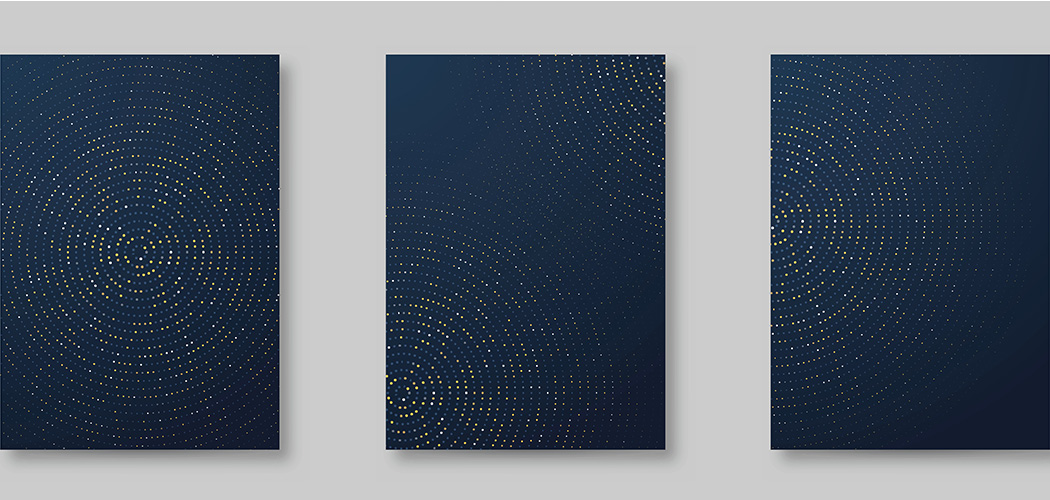
The arena of business cards is one where personalization plays a pivotal role in branding and networking. When it comes to foil-printed cards, the array of choices in foil colours and finishes is extensive, offering a bespoke element that can seamlessly echo your company’s ethos. Such a broad palette ensures that each card is not merely a method of conveying contact details but a carefully curated representation of your brand's uniqueness. This level of personalization enables businesses to make a distinct and memorable statement in their professional encounters.
On the flip side, traditional business cards are by no means lacking in the capacity for creativity and adaptation. The primary advantage here lies in the ease with which designs can be updated, allowing for flexibility that can be particularly advantageous in the dynamic landscape of modern business. Whether it's a change in branding or a simple update of contact information, the ability to swiftly modify your cards without incurring significant expenses ensures that your business remains agile and responsive to change.
Both foil-printed and traditional options offer distinct avenues for customization, each with its own set of advantages. The choice between the two should be guided by a clear understanding of what your brand stands for and how you wish to be perceived in the marketplace. Ultimately, the goal is to select a style that not only resonates with your brand identity but also leaves a lasting impression on those who receive it, making customization and design flexibility key considerations in your decision-making process. If you would like to see the benefits of our foil printing first-hand, you can order a foil sample pack here.

 UK
UK FR
FR
